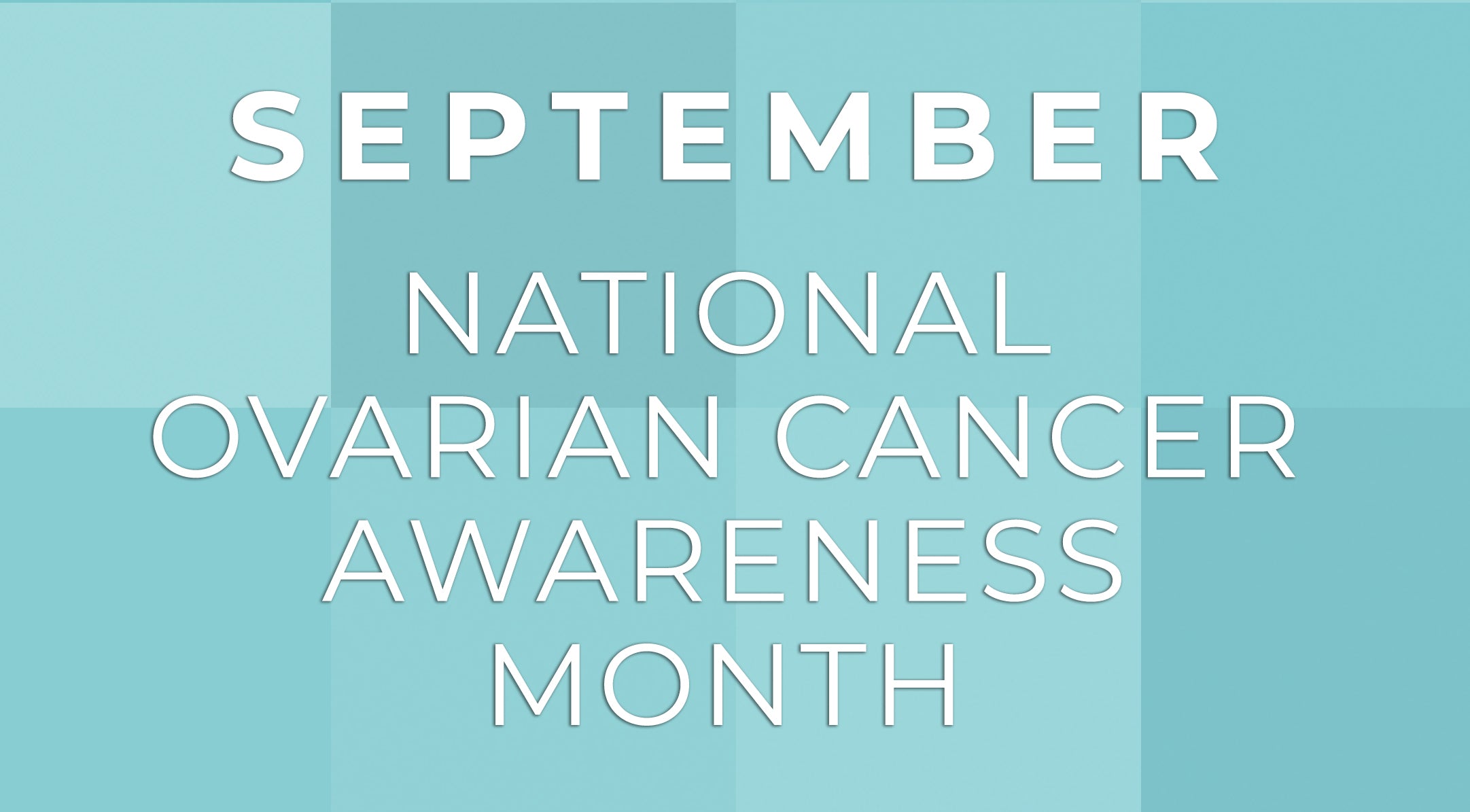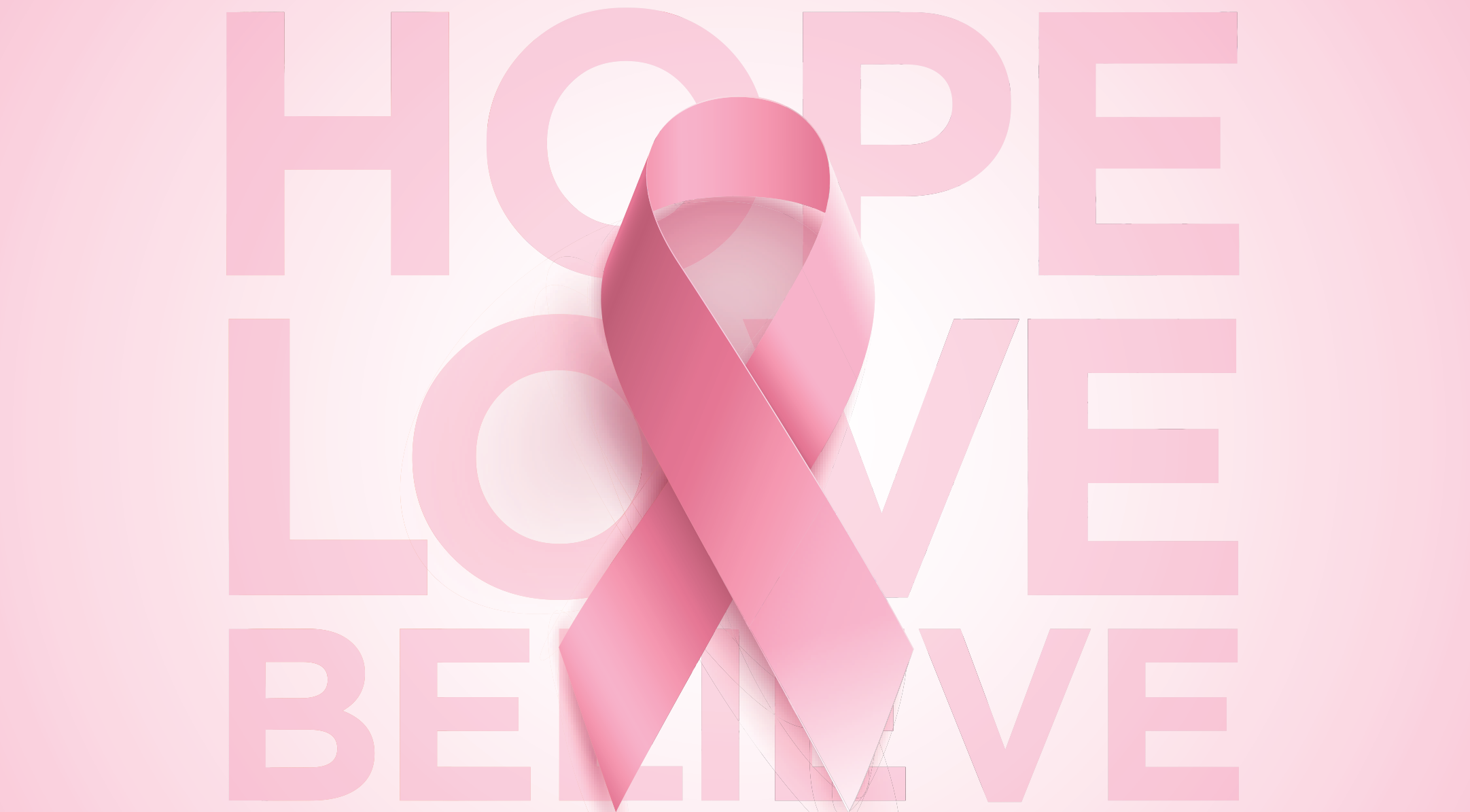
Ovarian Cancer Awareness Month
When you think of women with cancer, you may immediately think of breast cancer. It’s hard to miss the invasion of pinkness that consumes us in October for Breast Cancer Awareness Month. But before the pink marches in, September brings another serious cancer cause for women: Ovarian Cancer Awareness Month.
The Statistics on Ovarian Cancer
While ovarian cancer is far less common than breast cancer, the National Cancer Institute reports it still the fifth leading cause of cancer-related death among women. Approximately 210,000 women are diagnosed with ovarian cancer every year and of them, around 14,000 do not survive. Compared to breast cancer, this is a much higher mortality rate.
That’s probably because ovarian cancer is much harder to diagnose than other female reproductive cancers. And experts believe the reason for “too little too late” diagnostics is the lack of a standard screening process for ovarian cancer. Most women of a certain age get mammograms and pap smears on a regular basis to detect risk of breast and cervical cancers. But no such medical standard has been set to screen for ovarian cancer as of yet.
And that makes Ovarian Cancer Awareness Month in September a very important month.
Risk Factors and Symptoms of Ovarian Cancer
Without a standard screening, women must be hyper-vigilant of their own ovarian health by assessing personal risk factors and being aware of the symptoms. Risk factors include:
- Being middle-aged or beyond
- Family history of ovarian cancer
- Having breast, uterine, cervical or colorectal cancer
- Having endometriosis
- Had trouble getting pregnant or never gave birth
- Ashkenazi Jewish ancestry and/or BRCA1 and BRCA2 genetic mutations
While these risk factors in no way predict likelihood of ovarian cancer with certainty, the more of these a woman has, the closer she and her doctor should keep an eye on symptoms and possible testing.
Every woman’s body is different so it’s important to know what is normal for you and report anything out of the ordinary to your doctor right away. Unfortunately, many symptoms of ovarian cancer are also symptoms of other reproductive or gastrointestinal issues. The symptoms include:
- Pelvic, abdominal or back pain
- Bloating below your stomach or feeling full quickly when eating
- Change in bowel movements and the need to urinate
- Vaginal bleeding or unusual discharge.
Getting Involved in Ovarian Cancer Awareness Month
Because ovarian cancer usually goes undetected for too long, it is often fatal by the time it is diagnosed. And that makes Ovarian Cancer Awareness Month a critical time to get involved by supporting the development of a reliable and cost-effective screening process, informing yourself and others about risk factors and symptoms, and wearing teal, the official color of Ovarian Cancer Awareness Month.
Here’s what you can do to get involved:
- Speak to your doctor about your own risk factors and discuss any symptoms you may experience.
- Talk to your friends about risk factors and symptoms so they can be educated on their state of health as well.
- Take to social media and other forums where women gather to share what you know. It just may save a life.
- Write letters and make calls to your congresspeople to put more money into research for a viable ovarian cancer screening process.
- Donate financially and support teal products that directly support ovarian cancer research funds.






